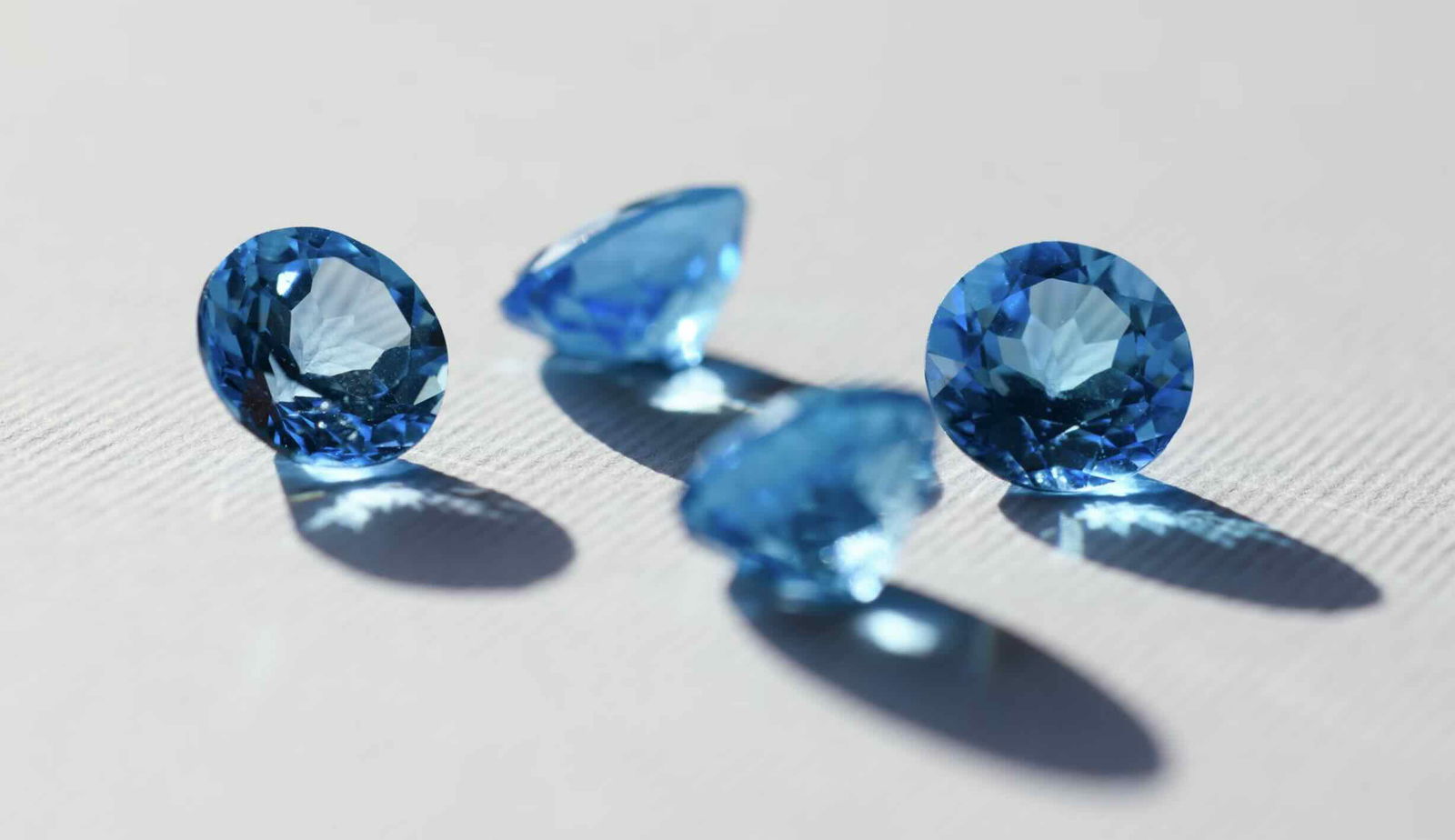With their powerful lava flows and destructive ability even capable of endangering entire towns, volcanoes are a force to be reckoned with. Now, researchers from Heidelberg University have discovered a new power these earth giants possess: the ability to make sapphires.
In a paper published in the journal Contributions to Mineralogy and Petrology, the scientists found sapphire fragments within the Eifel volcanic region in central Europe, showing an expensive and beautiful result of volcanic activity.
Volcanic Gem Making
It’s no surprise that volcanoes can produce a variety of rock types, including gemstones. When the magma, or molten rock from a volcano cools, it can create a variety of precious gems and minerals. Zircon, amethyst, opals, obsidian, and peridots, among other gems, have been found in areas with volcanic activity.
The difference in these gems depends on the amount of elements such as iron or silicon in the magma and how quickly the molten rock cools. For example, magma that contains a greater amount of iron can result in the peridot’s green color, while more silica-rich magma can produce opals.
Sapphires, unlike other gemstones, are created by “contaminating” aluminum oxide, also known as corundum. These gemstones are the result of magma with little to no silicon, which geologists believed was pushed to the Earth’s crust as the magma rose to the surface.
Looking at Volcanic Sapphires
To study the sapphires produced within the Eifel region, the Heidelberg scientists looked at a variety of rock samples taken from this area. The Eifel region is rather unique, as the Earth’s mantle has been interacting with the outer crust for nearly 700,000 years, producing many unique geological features and specimens.
The scientists found that many of these specimens are high in sodium and potassium but low in silicon dioxide, creating the perfect environment for producing sapphires.
“One explanation is that sapphire in the Earth’s crust originates from previously clayey sediments at very high temperatures and pressure and the ascending magmas simply form the elevator to the surface for the crystals,” explained Prof. Dr. Axel Schmitt, a researcher on the project who is currently at Curtin University in Perth (Australia), in a recent press release.
To see if Schmitt’s proposal was correct, the researchers examined 223 sapphires from the Eifel region, including grains that were only millimeters in size. From their analysis, they found that most of the sapphires originated from riverbed deposits instead of quarries that held volcanic deposits.
According to Heidelberg University graduate student and researcher Sebastian Schmit: “Like gold, sapphire is very weathering-resistant compared to other minerals. Over protracted time periods, the grains are washed out of the rock and deposited in rivers. Because of their high density, they are easy to separate from lighter sediment components using a gold pan.”
This finding revealed that sapphires had traveled farther than other volcanically produced gemstones, showing how these rocks were affected by their surrounding environments.
Aging Gemstones
Besides examining the placement of the sapphires, the researchers also worked to date these gemstones, helping them to further determine how the sapphires made their way to Earth’s surface. Using a mass spectrometer to measure the amount of uranium lead within the sapphires, a common dating technique for other rocks, the researchers found that the sapphires originated with volcanic emission.
The team also looked at the ratio of light oxygen-16 to heavy oxygen-18, two isotopes that could help the researchers determine the gemstones’ original compositions. Rocks possessing more heavy oxygen (oxygen-18) tend to melt closer to the Earth’s mantle.
From their analysis, the researchers saw that the sapphires seemed to have originated around five to seven kilometers beneath the Earth’s crust, and were then forced upward as the magma ascended.
Schmit added, “In the Eifel, both magmatic and metamorphic processes, in which temperature changed the original rock, played a role in the crystallization of sapphire.”
Kenna Hughes-Castleberry is the Science Communicator at JILA (a world-leading physics research institute) and a science writer at The Debrief. Follow and connect with her on X or contact her via email at kenna@thedebrief.org

